Apex Legends Catalyst Guide: Abilities, Lore, And Tips For Apex's Newest Legend
Apex's recently introduced techno-witch is quite the enigma. Here's everything we know about her so far.
Apex Legends is known for its diverse cast of characters, with developer Respawn Entertainment creating a believable, fully-fleshed out legend every season. Season 15: Eclipse is no different, introducing us to the first-ever trans woman to join the Apex Games: Catalyst. A practicing witch, Catalyst often turns to tarot cards, crystals, and various other forms of divination for guidance. As we saw in Stories From The Outlands: Last Hope, she appears to have a spiritual connection to her homeworld's moon, Cleo.
Many Pagan religions are associated with the moon, and prior to joining the Apex Games, Catalyst actually spent years working to keep Boreas' damaged moon from falling out of the sky. But despite her spiritual practices and supernatural aura, Catalyst's in-game abilities depend entirely on technology. Now, using some "borrowed" equipment from her former employers, Catalyst is ready to put her ferrofluid-flinging skills to the test in the Apex Games and finally take on Seer. Keep reading for a full breakdown of Catalyst's abilities, and tips on using them to your advantage in-game.
The Basics
Callsign: Catalyst
Full Name: Tressa Crystal Smith
Age: 29
Homeworld: Boreas
Described on her official bio page as someone who "likes crystals more than she likes most people," Tressa Smith dealt with social anxiety and difficult adolescence, but eventually found kinship with some fellow outcasts--a trio of girls who rebelled again Boreas' strict social conformity and preferred to live life with their heads in the clouds (okay, technically on the moon). With the support of her friends, Tressa fully embraced her transgender identity, and for the first time in years, her future seemed bright. Sadly, that would soon change.

In addition to their shared love of tarot card readings and other forms of divination, Tressa and her friends also shared a deep sense of concern for Boreas' damaged moon, Cleo. One of her friends, a redhead named Margo, seemed particularly worried about the state of the moon, which was destroyed by a meteor shower on the night of Seer's birth. Margo hatched a plan for the two of them to sneak into the facility Hammond Robotics was using to mine Cleo's natural resources (under the guise of rebuilding it). Margo made it obvious that sabotage was the objective, but didn't tell Tressa exactly what her plans were.
Tressa was shocked to discover Margo planting a bomb in Hammond's facility, and attempted to stop her before a patrolling security Spectre stumbled upon the pair, instantly attacking them. After narrowly escaping the Security Spectre, Tressa looked up to see Margo being dragged away by two human guards, neither of whom seemed to realize that a bomb had been planted--or that Margo still had the detonator in her hands. Despite Tressa's protest, Margo detonated the bomb, killing herself along with her Hammond-employed captors--and giving Tressa a chance to escape.

Fleeing the scene, a heartbroken Tressa later moved to Cleo itself, and began working for a company that, unlike Hammond, was actually repairing the moon. It was there that she learned to control the ferrofluid she'd first encountered on the night of Margo's death. Though she was still heartbroken over the loss of her best friend, Tressa's fulfilling job seemed to be healing some of her emotional wounds. She even got back in touch with some of her old friends from Boreas.
Then Silva Pharmaceuticals entered the picture, and the life Tressa had built on Cleo was destroyed in the blink of an eye. In the blink of an eye, Hammond Robotics was once again taking away the life she'd worked so hard to rebuild. This was the final straw for Tressa, who decided to utilize her talent for flinging ferrofluid by joining the Apex Games. Armed with the ferrofluid equipment from her old job on Cleo, the once-timid Tressa has transformed herself, emerging as the confident, self-assured Catalyst. Joining the Games has afforded Tressa the opportunity to contribute her Apex winnings towards Cleo's reconstruction, along with a chance to finally confront the man she (and most of Boreas) blames for Cleo's fate: Seer.

Abilities
When asked about Catalyst's role on the field during pre-season previews, lead Catalyst legend designer OT Harrison said, "Catalyst is all about controlling the battlefield with her abilities, similar to our other defensive legends, but the versatility of her ferrofluid gives her abilities kind of a unique flavor."
"She's a great option for players that prefer to engage in mid- to long-range fights by keeping enemies at bay, or to facilitate safer rotations or healing opportunities as well," he added.
Catalyst possesses the following in-game abilities:
Passive: Barricade
Cooldown: N/A
As seen in the Eclipse gameplay trailer, Catalyst can use ferrofluid to reinforce doors, strengthening them and locking out enemies. Additionally, she can also reinforce empty spaces where a door has been broken.
Tactical: Piercing Spikes
Cooldown: 25 seconds
Catalyst's tactical ability allows her to fling up to two patches of ferrofluid onto the ground that will erupt into sharp spikes when enemies are near, slowing them down and causing damage.
Ultimate: Dark Veil
Cooldown: 2 minutes
Catalyst raises a massive (but permeable) wall of ferrofluid from the ground, blocking her squad from view and temporarily slowing movement speed of any enemies who pass through it. Passing through the Dark Veil also causes enemies to be blinded for a few seconds after emerging on the other side.
Catalyst has a very powerful ability set that's incredibly versatile, making her a perfect legend for those who want to play defense without committing to hanging out in a building or enclosed space the way Caustic and Wattson often have to. Here are a few tips to help you make the most of Catalyst's abilities.
Barricade
Talk about it. Catalyst's passive Barricade ability is very useful, but can only be used on two doors (or doorways) at a time. Like Caustic's gas barrels and Wattson's electric fence pylons, if you attempt to place more than two barricades, the first barricade you placed will disappear. Keep this in mind when securing buildings--accidentally unsealing a door is the last thing you want to happen when your squad is surrounded by enemies, so make sure to communicate with your teammates regarding which points of entry you've barricaded and which ones are still vulnerable.
Don't forget to use it. As obvious as it may sound, don't forget to make use of the Barricade ability. If you've been playing Apex Legends for a good while, your brain is likely used to crouching in front of doors to keep them shut a little longer, or avoiding buildings with broken door frames altogether. When playing as Catalyst, start looking at every door as an opportunity, and don't automatically write off potential cover just because the building's doors are broken.
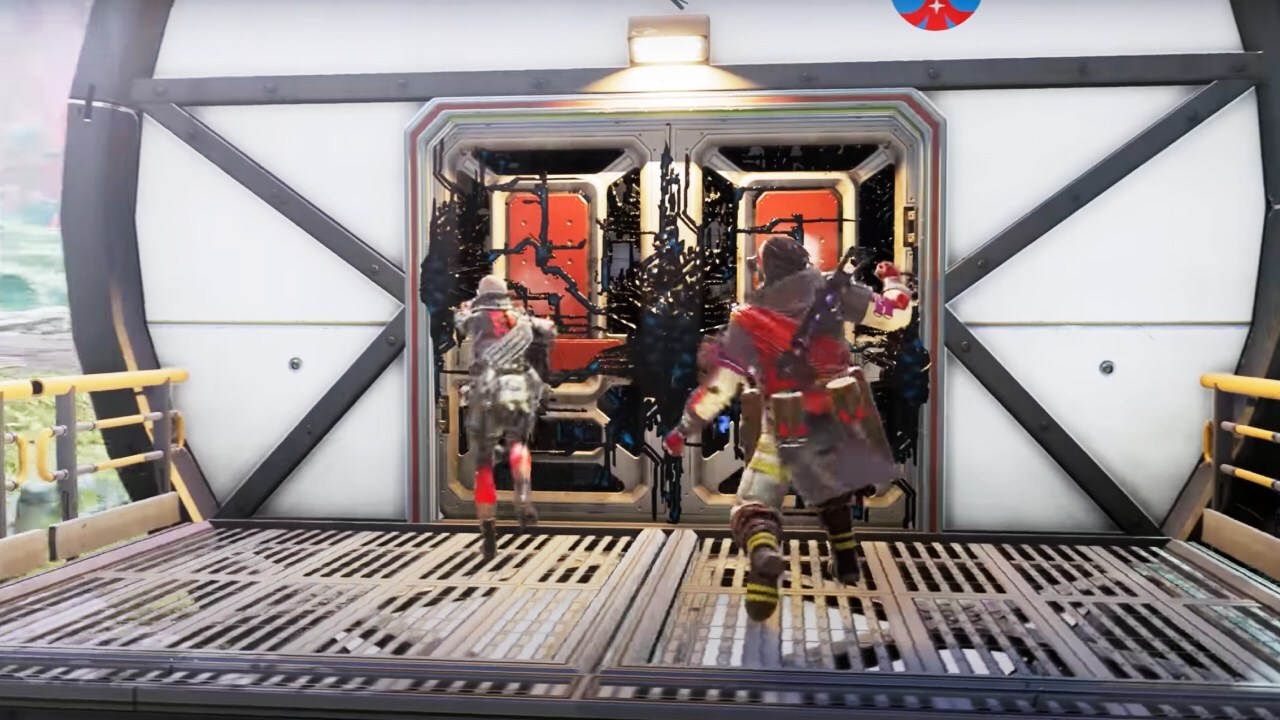
Un-break the doors. Speaking of broken doors, keep in mind that doors sealed by Catalyst's Barricade are not permanently immune--they can still be broken open, but it takes twice as long to destroy a barricaded door via melee as it does to destroy one that isn't barricaded, giving you a few extra precious seconds to finish popping a shield cell or reloading your weapon.
Keep an eye out for X-ray vision. The Barricade does have some vulnerabilities--namely, grenades, gunfire, and legend abilities. Though the Dark Veil is immune to scanning abilities, the Barricade is not, so sealing yourself into a building won't stop Bloodhound from scanning the building and revealing your squad's location unless you also throw down the Dark Veil immediately after locking the door.
Enemy grenades are lockpicks. Remember, the Barricade's increased resistance only applies to melee damage. This means that grenades can destroy barricaded doors just as easily as non-barricaded doors. Additionally, some legend abilities like Rampart's beloved minigun, Sheila, can still blast open the doors to any building in the blink of an eye whether you've barricaded the door or not.
But remember, even if this happens, hope isn't lost--you can reseal the empty doorway if the doors are destroyed, giving your squad a few extra seconds to reload, regroup, or escape.
Piercing Spikes
When it comes to Catalyst's tactical Piercing Spikes ability, you'll want to keep in mind that not only does it slow down enemies who step in it--the ferrofluid also causes damage. If you find yourself in a tight spot with no ammo or ordnance, one hit from Catalyst's Piercing Spikes may cause just enough damage to down an enemy. Here are a few pointers to help you fully take advantage of it.
Count your blessings. Though Catalyst's tactical ability only has two charges, you can actually have a total of three patches of Piercing Spikes active at the same time, so try to keep track of how many globs of ferrofluid you've thrown, because once you try to throw down a fourth one, the first patch will disappear.
Serve the enemy an everlasting glob-stopper. One of the features that makes Catalyst's Piercing Spikes ability so powerful is the fact that it never expires. Once that glob of ferrofluid goes down, it stays down until you attempt to create a fourth patch. This makes the ability great for both offense and area-denial. It packs a serious punch, too, dealing 15 damage per "tick," similar to the way Caustic's Nox Gas deals successive damage to anyone stuck inside it.
But as previously mentioned, Catalyst's Piercing Spikes do not expire (unlike Caustic's noxious fumes), and are a great way to slow down any enemies that may be chasing you in an area with little cover. But the ability truly shines when used in an enclosed space, allowing you to trap enemies in corners where they will receive continuous damage. Throw Catalyst's tactical into an occupied building, toss in some thermite grenades, barricade the door, and watch as your enemies struggle to extricate themselves from the safe haven you've turned into a death trap.
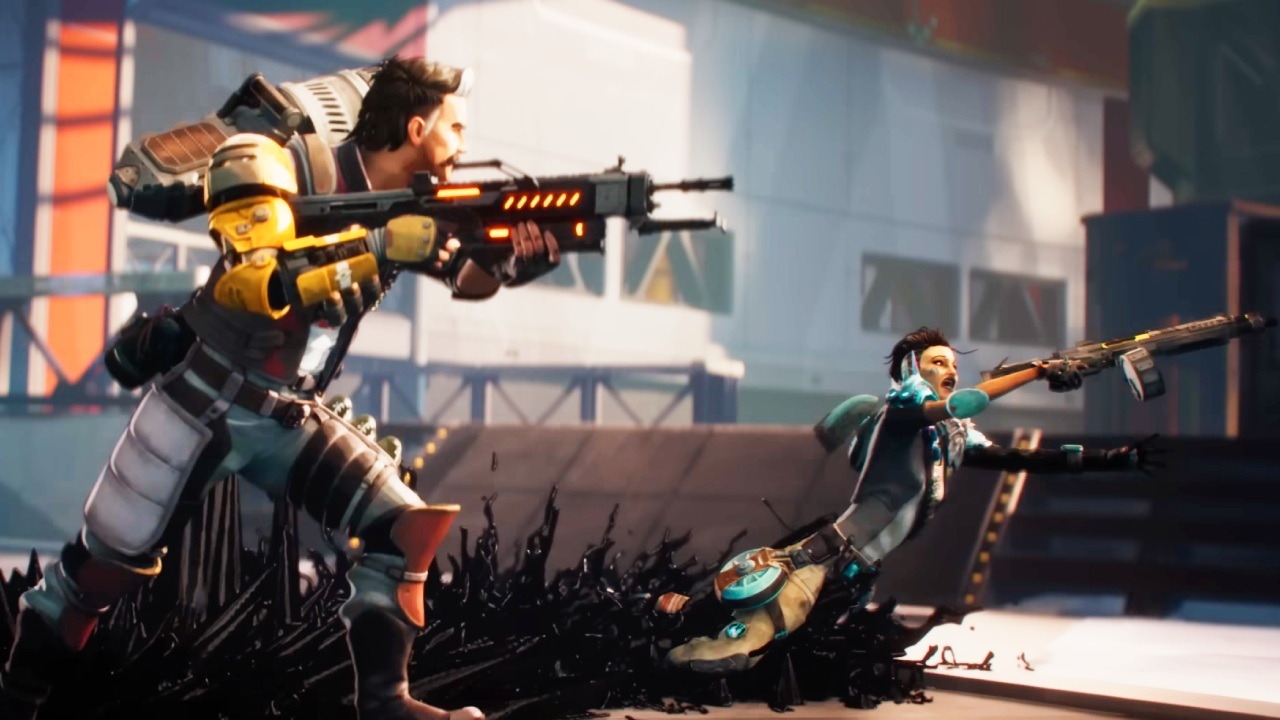
Everlasting doesn't mean indestructible. When asked about Catalyst's tactical, Harrison also described how enemy teams can go about destroying it. Destroying Catalyst's tactical is not as simple as shooting it, however.
"Kind of a unique property of this ability is that to damage the core of it, enemies need to be near it to trigger the core to expose itself," Harrison explained. "So you won't be able to just snipe this away, you have to get up close and personal with it to deal with it. The ability itself can also be thrown quite far, so it makes a good initiator as well as a decent defensive resource."
Don't forget that despite how powerful they are, Piercing Spikes can indeed be destroyed. The good news is that much like Caustic (who is immune to all Nox Gas--even from gas traps that were placed by enemies), Catalyst is immune to all Piercing Spikes, even those placed by enemy Catalysts, and the spikes themselves are difficult to destroy via gunfire.
Dark Veil
Another thing that will slow enemies down is, of course, Catalyst's ultimate ability, the Dark Veil. Immune to scanning abilities, the Dark Veil is a massive wall of ferrofluid that blocks Catalyst and her team from view while also temporarily blinding and slowing down the movement speed of any legends who may be brave enough to pass through it.
Peek behind the curtain. Although legends (and projectiles like grenades and bullets) can pass through Catalyst's ferrofluid wall, there's one thing that can never pierce the Dark Veil: scanning abilities. This means Bloodhound and Seer cannot see your squad through the Dark Veil, even if they employ their scanning skills. The second you lay eyes on a scanning legend, throw up the Dark Veil as fast as you can.
Get ready to move. The Season 15 launch trailer showed Catalyst using her ultimate to put some space between herself and Seer. If you aren't watching closely, she appears to conjure a horizontal wall of ferrofluid that blocks her squad from view, similar to the Rowdy's Rave ability belonging to one of Apex's mobile-exclusive legends, Rhapsody. But a closer look reveals that Catalyst is actually creating a vertical wall. If you aim the Dark Veil at a legend standing directly in front of you, it's possible you'll hit them, but you won't really be able to hide behind the Dark Veil. When using Catalyst's ultimate, make sure you aim it correctly before you trigger it.
If you need a horizontal wall, we've found it's easiest to lie in wait, staying out of sight and off to the side until you have an opportunity to aim the Dark Veil in a manner that will create a vertical wall and block your team from sight (and scanning abilities). Don't forget that both you and your squad can hop back and forth across the Dark Veil without suffering damage.
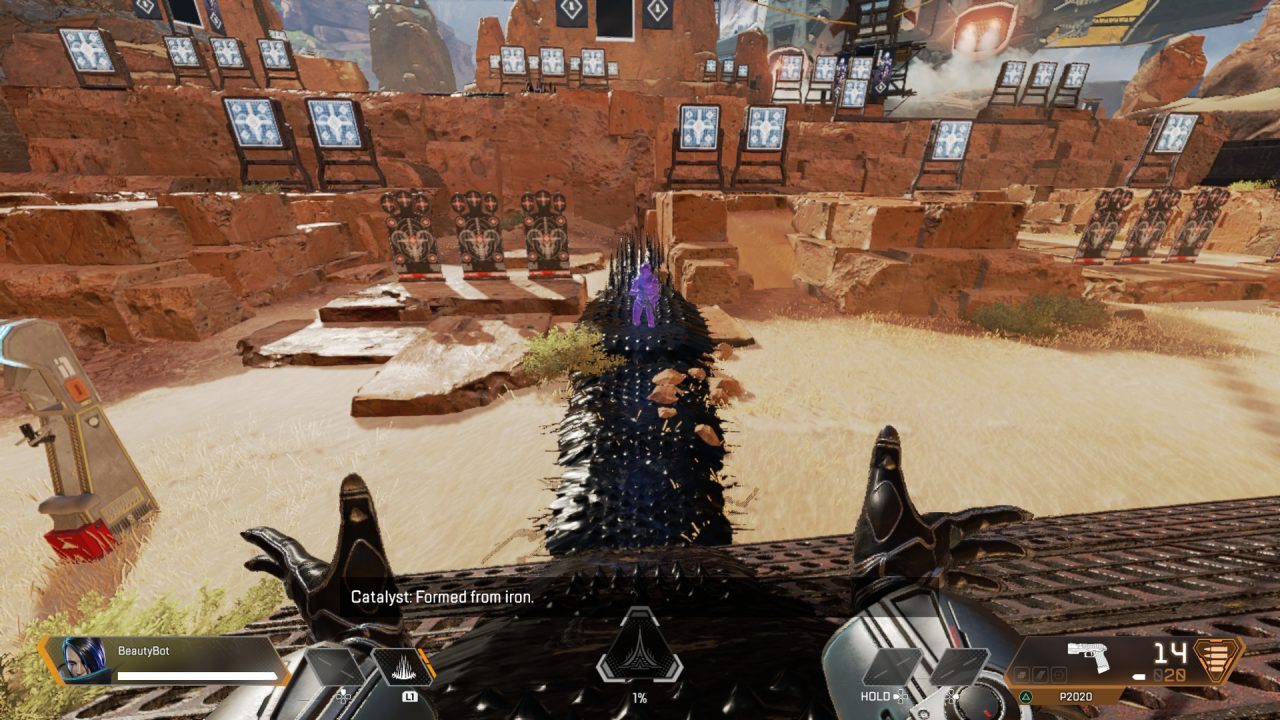
Watch out. Although the legends themselves suffer negative effects from passing through the Dark Veil, other objects don't. Both bullets and throwable ordnance can pass through the massive wall of inky black fluid, so don't let the Dark Veil's presence lull you into a false sense of security--it doesn't block bullets or ordnance--all it does is obscure you from view and negatively affect enemies who pass through it.
Gun, don't run. Those negative effects do not include damage, however--an enemy who takes a direct hit from the Dark Veil will be briefly slowed down and blinded, they will not lose any health. When using the Dark Veil offensively, remember not to pull a hit-and-run. Instead, pull a hit-and-shoot, taking advantage of Dark Veil's temporary status effects to give you a better shot at downing an enemy. Still, using the Dark Veil offensively should be a last resort; avoid using it for offense unless you're waiting for Catalyst's tactical ability to recharge and suddenly find yourself face-to-face with an enemy legend.
Look out above! Speaking of enemies, legends have more than one option when it comes to tackling the Dark Veil. They can, of course, go through it, which will result in them suffering negative status effects (and probably getting downed shortly thereafter). Obviously, enemies can also step around it. But some legends can go over the Dark Veil, like Horizon and Valkyrie. They just barely make it over the top of the ferrofluid wall, however, so if you're facing off against Catalyst instead of playing her, make sure to ride Horizon's Gravity Lift and Valkyrie's VTOL Jets as high as they can possibly go before attempting to hop over Catalyst's Dark Veil.
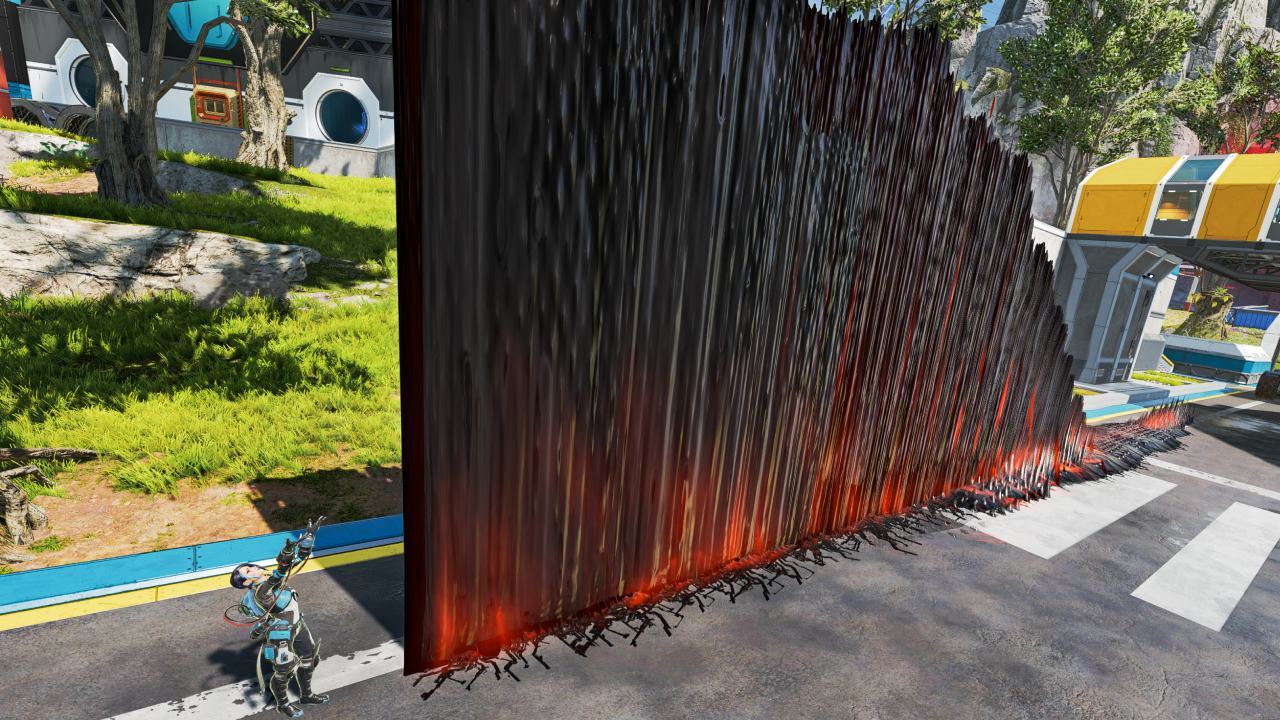
It may seem obvious, but if there's one thing all players need to be aware of, it's the color of Catalyst's abilities. If Catalyst is on your squad, all of her ferrofluid abilities will all have a bluish aura, while enemy Catalysts will leave Piercing Spikes and Dark Veils that emanate a reddish-orange hue instead. Avoid reddish walls of ferrofluid and patches of deadly spikes at all costs.As mentioned previously, Catalyst's kit is highly versatile, so don't be afraid to experiment with her abilities and different playstyles--she may be a defense legend, but she has serious offense potential as well, so don't be afraid to take advantage of it. There's no wrong way to play Catalyst. Keep these tips in mind and you'll be flinging ferrofluid like a pro in no time.
Apex Legends is free to play on console and PC. A mobile version of the game, Apex Legends Mobile, is available for download on Android and iOS devices.
Got a news tip or want to contact us directly? Email news@gamespot.com

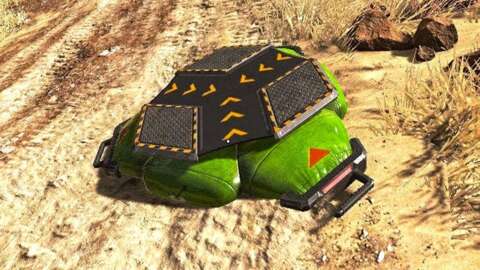
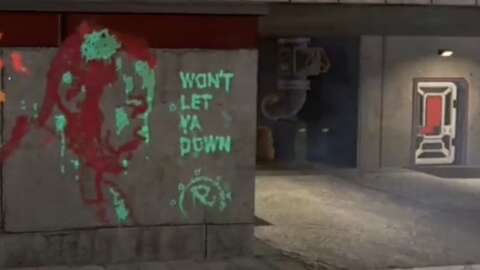




Join the conversation